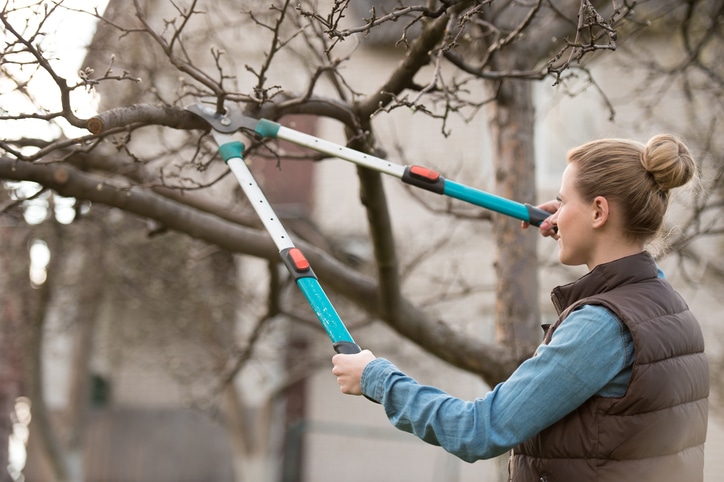Tree risk assessment is integral to maintaining the safety and health of trees. It involves evaluating trees’ potential risks to people, buildings, and infrastructure. Tree risk assessments allow property owners to prioritize tree care needs and reduce the risk of accidents or damage. A professional tree risk assessment includes evaluating a tree’s health, size, and structure. It also assesses its location and the surrounding environment. Here’s how to identify and mitigate potential tree hazards.
Observe the Trunk
The trunk is the tree’s foundation and support system. Any damage could lead to falling limbs or the entire tree toppling over. Examining the trunk reveals cracks, decay, or signs of weakness that might have been overlooked.
Areas of swelling, cavities, or bulges along the trunk indicate internal decay or disease. Such conditions compromise the safety and stability of the tree, increasing the risk of potential harm to people or property. Proper identification and assessment of these hazards inform appropriate management strategies. In addition, it promotes the safety and health of the tree and the surrounding environment.
The solution to a decaying tree trunk is to remove the diseased or damaged branches. You can also do corrective pruning or apply fungicides or insecticides that target infestation. In addition, preventive measures, such as cabling and bracing, may be necessary to protect the tree from further structural damage. In extreme cases, it may be required to remove the entire tree to reduce the risk of injury or property damage.
Inspect the Crown
The crown of a tree encompasses its branches and leaves, and it’s a crucial factor in determining the health and longevity of the tree. Inspecting the height reveals essential details about the tree’s structure, such as weak points or signs of decay. In addition, this evaluation assesses the likelihood of potential hazards, such as falling limbs or the tree toppling over.
The V-shaped forks of the tree crown are hazardous. The structure of these forks can weaken branches, creating drooping forms that could easily come down in high winds or storms. Addressing these V-shaped forks mitigates danger and adds years to the life of your trees.
By pruning the V-shaped forks, you also reduce overcrowding in the tree branches. Overcrowding limits sunlight access and reduces airflow. This creates a breeding ground for pests, weakening the tree’s health.
Check the Root Health
Inspecting trees’ root structure and health is essential to identifying and mitigating potential tree hazards. You can dig trenches around the tree’s base to expose the roots. Roots provide stability, support to the tree, and play a crucial role in the tree’s health. A root inspection identifies root rot, girdling or weakened roots, or structural defects impacting the tree’s ability to thrive.
Contact Professional Arborists
Trees contribute to the beauty and serenity of our natural surroundings. However, they can pose a significant risk if not responsibly managed. Contacting professional arborists is important since their expert eyes can spot signs of danger that may be overlooked. It safeguards your property and loved ones from the risks of neglected foliage. Contact Woodland Tree Service in Plymouth, MN for professional tree assessment and tree removal services.







